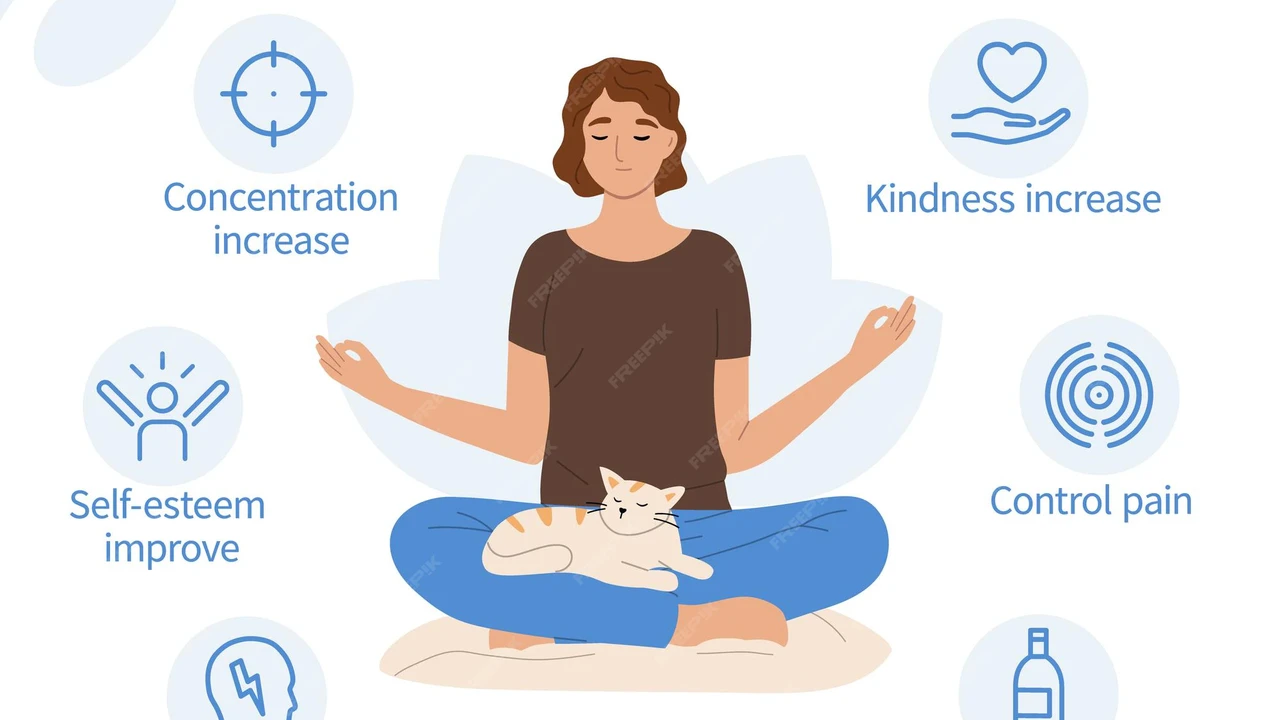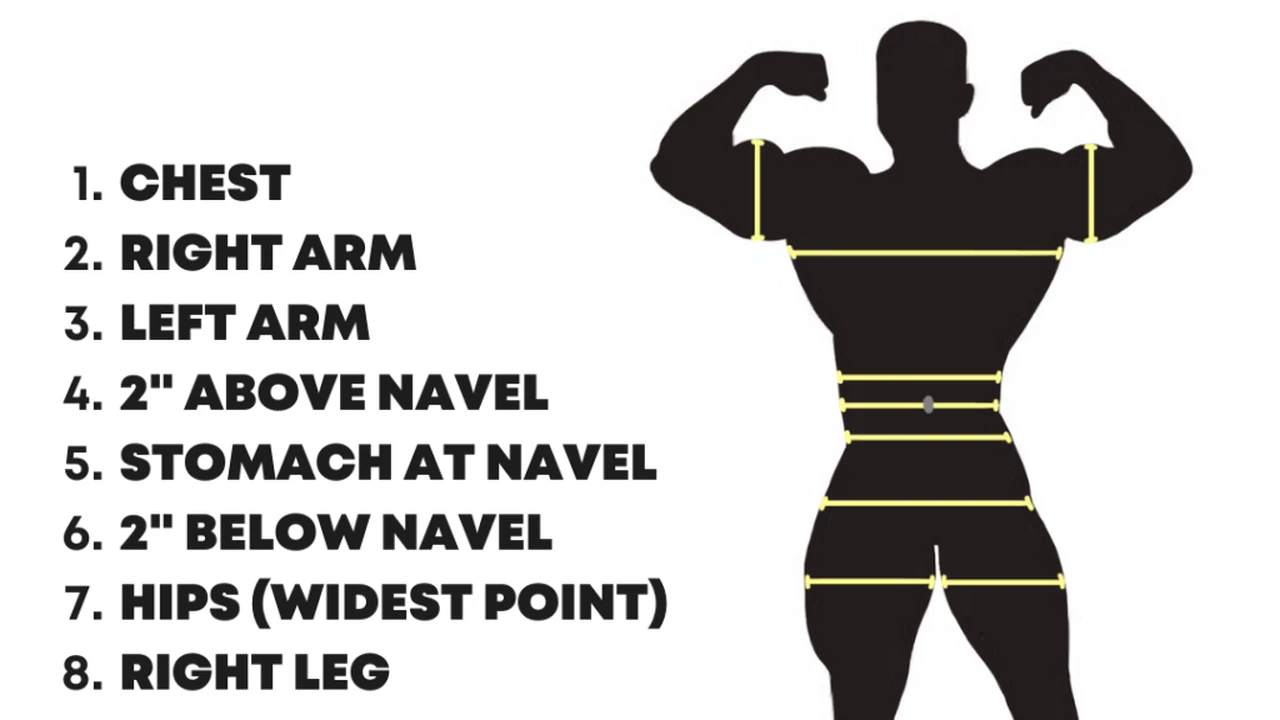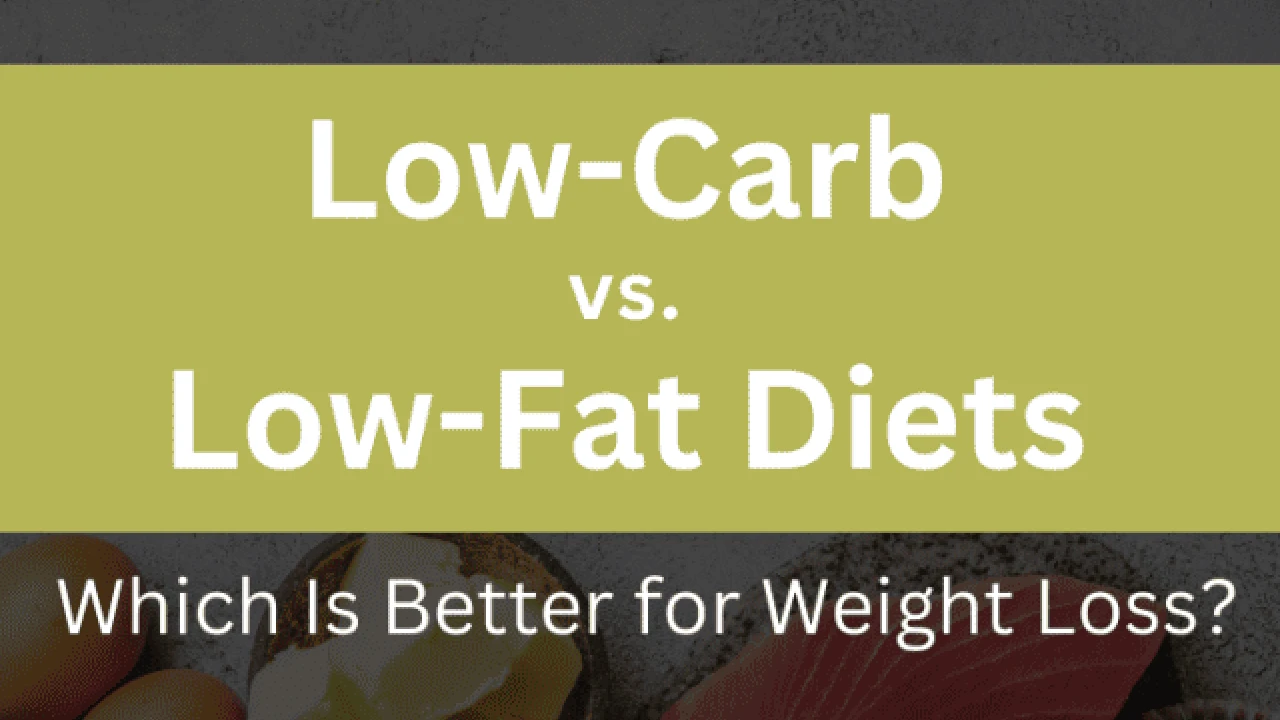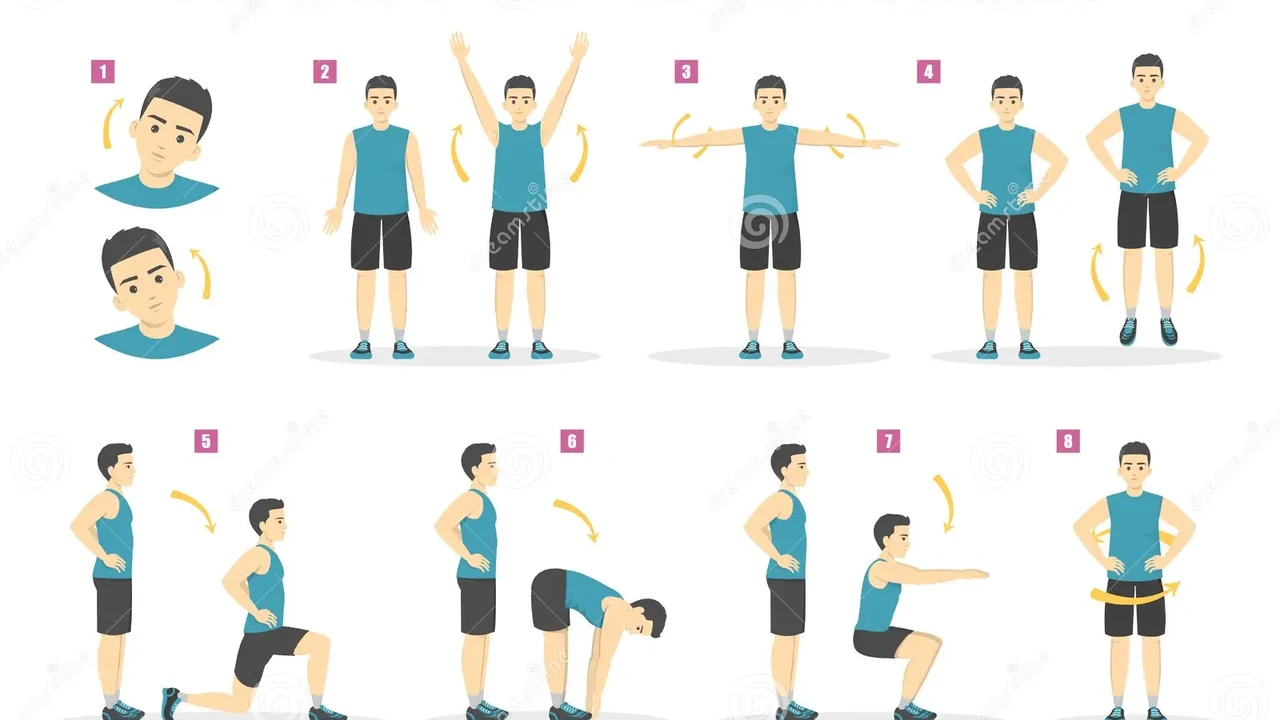How to Create a Sustainable Weight Loss Plan
Sample meta description.
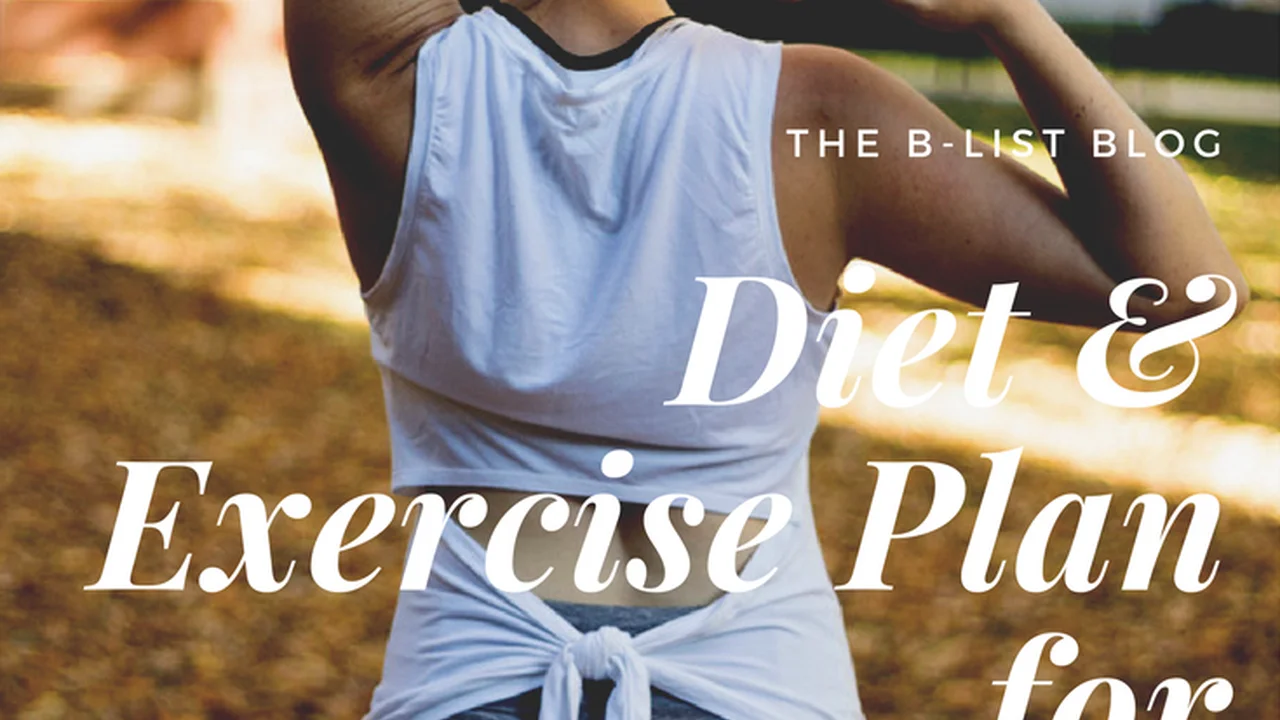
Understanding Sustainable Weight Loss: More Than Just a Diet (Weight Loss Strategies, Long-Term Results)
Okay, so you're looking to lose weight. Great! But let's ditch the crash diets and the crazy restrictions. We're talking sustainable weight loss here – the kind that sticks with you for the long haul. It's not about starving yourself; it's about making smart choices and building healthy habits that you can actually maintain. Think of it as a lifestyle change, not a temporary fix. We're aiming for lasting results, not just a quick drop on the scale.
Setting Realistic Goals: Small Steps, Big Impact (Goal Setting, Realistic Expectations, Gradual Changes)
First things first: be realistic. Don't expect to lose 20 pounds in a week. That's just not healthy or sustainable. Aim for a gradual weight loss of 1-2 pounds per week. This is generally considered a safe and achievable rate. Break down your bigger goal into smaller, more manageable steps. Instead of saying, "I want to lose 50 pounds," try "I want to lose 5 pounds this month." Celebrate those small victories! They add up over time and keep you motivated. Think about what you are willing to change in your daily routine to achieve these goals. Maybe it's walking for 30 minutes three times a week, or swapping sugary drinks for water.
The Importance of Nutrition: Fueling Your Body Right (Healthy Eating, Balanced Diet, Calorie Deficit, Macronutrients)
Nutrition is key! It's not just about cutting calories; it's about fueling your body with the right nutrients. Focus on a balanced diet rich in fruits, vegetables, lean protein, and whole grains. Think of your plate as a colorful masterpiece, with each color representing a different nutrient. Aim for a slight calorie deficit – meaning you're burning more calories than you're consuming. But don't go overboard! A healthy deficit is usually around 500 calories per day. Pay attention to your macronutrients – protein, carbohydrates, and fats. Each plays a crucial role in your health and weight loss journey. Don't be afraid to experiment with different recipes and find healthy foods that you actually enjoy!
Exercise and Physical Activity: Finding What Works for You (Exercise Routine, Physical Activity, Cardio, Strength Training, Enjoyable Activities)
Get moving! Exercise is essential for weight loss and overall health. Find activities that you enjoy, whether it's dancing, swimming, hiking, or hitting the gym. Mix it up with both cardio (like running or cycling) and strength training (like lifting weights). Cardio helps you burn calories, while strength training builds muscle, which can boost your metabolism. Aim for at least 150 minutes of moderate-intensity aerobic activity or 75 minutes of vigorous-intensity aerobic activity per week. And don't forget to incorporate strength training exercises that work all major muscle groups at least twice a week. The most important thing is to find something you like and can stick with!
Hydration is Key: The Power of Water (Hydration Benefits, Water Intake, Curbing Hunger, Metabolism Boost)
Seriously, drink more water! Water plays a vital role in weight loss. It helps you feel full, which can prevent overeating. It also helps your body burn calories more efficiently. Aim for at least eight glasses of water per day, and even more if you're exercising. Carry a water bottle with you and sip on it throughout the day. Sometimes, when you think you're hungry, you're actually just thirsty. So, grab a glass of water before reaching for a snack. Water can also help boost your metabolism, making it easier to lose weight.
Mindful Eating: Paying Attention to Your Body's Cues (Mindful Eating, Portion Control, Recognizing Hunger Cues, Avoiding Distractions)
Slow down and savor your food! Mindful eating is all about paying attention to your body's hunger and fullness cues. Eat slowly and without distractions. Turn off the TV, put away your phone, and focus on your food. Chew your food thoroughly and savor each bite. Pay attention to the taste, texture, and smell of your food. Stop eating when you're feeling satisfied, not stuffed. Portion control is also important. Use smaller plates and bowls, and measure out your food to avoid overeating. Learning to recognize your body's hunger cues can help you make better food choices and avoid mindless snacking.
Sleep and Stress Management: The Unsung Heroes of Weight Loss (Sleep Quality, Stress Reduction, Hormone Balance, Cortisol Levels)
Don't underestimate the power of sleep and stress management! Lack of sleep and high stress levels can wreak havoc on your hormones, leading to increased cravings and weight gain. Aim for 7-8 hours of quality sleep per night. Create a relaxing bedtime routine to help you wind down before sleep. Find healthy ways to manage stress, such as yoga, meditation, or spending time in nature. Chronic stress can lead to elevated cortisol levels, which can promote fat storage, especially around the abdomen. Prioritizing sleep and stress management can significantly improve your weight loss efforts.
Tracking Your Progress: Monitoring Your Journey (Progress Tracking, Food Journal, Weight Monitoring, Celebrating Milestones)
Keep track of your progress! This can help you stay motivated and identify areas where you need to make adjustments. Keep a food journal to track what you're eating and drinking. Weigh yourself regularly, but don't obsess over the numbers. Focus on the overall trend, rather than daily fluctuations. Take progress photos to see how your body is changing. Celebrate your milestones along the way! Reward yourself for your hard work, but make sure your rewards are healthy and non-food related.
Dealing with Setbacks: Bouncing Back Stronger (Overcoming Obstacles, Maintaining Motivation, Learning from Mistakes, Self-Compassion)
Everyone has setbacks! Don't beat yourself up if you slip up or have a bad day. It's important to learn from your mistakes and get back on track. Don't let a single setback derail your entire progress. Remember why you started and focus on your goals. Be kind to yourself and practice self-compassion. Weight loss is a journey, not a destination. There will be ups and downs along the way. The key is to stay persistent and keep moving forward.
Building a Support System: Leaning on Others (Social Support, Accountability Partners, Group Fitness Classes, Online Communities)
Don't go it alone! Having a support system can make a huge difference in your weight loss journey. Surround yourself with people who are supportive and encouraging. Find an accountability partner who can help you stay on track. Join a group fitness class or an online community where you can connect with others who are on a similar journey. Sharing your experiences and challenges with others can help you feel less alone and more motivated.
Sample Meal Plan: A Day of Delicious and Healthy Eating (Meal Planning, Sample Recipes, Balanced Meals, Portion Sizes)
Here's a sample meal plan to give you an idea of what a healthy day of eating might look like:
- Breakfast: Oatmeal with berries and nuts
- Lunch: Salad with grilled chicken or fish
- Dinner: Baked salmon with roasted vegetables
- Snacks: Apple slices with peanut butter, Greek yogurt with fruit
Remember to adjust portion sizes to fit your individual calorie needs.
Healthy Snack Ideas: Curbing Cravings the Right Way (Healthy Snacks, Low-Calorie Options, Protein-Rich Snacks, Avoiding Sugary Snacks)
Snacks can be your friend, not your enemy! Choose healthy snacks that will keep you feeling full and satisfied between meals. Some good options include:
- Apple slices with peanut butter
- Greek yogurt with fruit
- Hard-boiled eggs
- Vegetables with hummus
- A handful of almonds
Avoid sugary and processed snacks, which can lead to cravings and weight gain.
Navigating Dining Out: Making Healthy Choices at Restaurants (Restaurant Tips, Portion Control, Healthy Menu Options, Ordering Strategies)
Dining out doesn't have to derail your weight loss efforts! With a little planning and strategy, you can make healthy choices at restaurants. Look at the menu online beforehand to get an idea of the healthy options. Choose lean protein sources, such as grilled chicken or fish. Ask for sauces and dressings on the side. Order a side salad or vegetables instead of fries. Practice portion control and don't be afraid to ask for a doggy bag. Avoid fried foods and sugary drinks.
Debunking Weight Loss Myths: Separating Fact from Fiction (Weight Loss Myths, Scientific Evidence, Reliable Information, Avoiding Fad Diets)
There are a lot of weight loss myths out there! It's important to separate fact from fiction and rely on scientific evidence. Don't fall for fad diets or quick-fix solutions. Sustainable weight loss is a gradual process that requires commitment and consistency. Be wary of claims that sound too good to be true. Do your research and consult with a healthcare professional or registered dietitian for reliable information.
Supplements and Weight Loss: What Works and What Doesn't (Weight Loss Supplements, Scientific Evidence, Potential Risks, Consulting a Doctor)
Be careful with supplements! Many weight loss supplements are ineffective and can even be dangerous. Some supplements may have harmful side effects or interact with medications you're taking. It's always best to talk to your doctor before taking any new supplements.
Weight Loss Plateaus: How to Break Through (Weight Loss Plateaus, Adjusting Your Routine, Increasing Intensity, Trying New Activities)
Plateaus are normal! Don't get discouraged if your weight loss stalls. It's a sign that your body is adapting to your routine. To break through a plateau, try adjusting your routine. Increase the intensity of your workouts, try new activities, or make changes to your diet. It's also important to make sure you're still in a calorie deficit. Recalculate your calorie needs based on your current weight and activity level.
Product Recommendations for a Sustainable Weight Loss Plan (Product Reviews, Usage Scenarios, Price Comparison, Different Options)
Okay, let's talk about some products that can *help* (not magically solve!) support your sustainable weight loss plan. Remember, these are just tools, and the foundation is still a healthy diet and exercise.
MyFitnessPal (App): Your Food Logging Friend
Usage Scenario: Tracking your calories and macronutrients. It's super easy to scan barcodes, log meals, and see where you're at for the day. Great for accountability and understanding your eating habits.
Price: Free (with ads), Premium subscription for more features (around $9.99/month or $49.99/year).
Comparison: Other similar apps include Lose It! and Carb Manager. MyFitnessPal is popular for its large food database and user-friendly interface.
Fitbit/Apple Watch (Fitness Trackers): Monitoring Your Activity Levels
Usage Scenario: Tracking your steps, activity levels, heart rate, and sleep. Seeing the data can be motivating to move more and get better sleep.
Price: Fitbit ranges from $79.95 (Inspire 3) to $329.95 (Sense 2). Apple Watch ranges from $279 (SE) to upwards of $799 (Series 9 with cellular and larger size).
Comparison: Fitbit is generally more focused on fitness tracking, while Apple Watch has more smartwatch features. Garmin is another popular option with a focus on GPS and detailed workout metrics.
Protein Powder: A Convenient Protein Boost
Usage Scenario: Adding protein to smoothies, shakes, or even baked goods. Helpful for meeting your daily protein goals, especially after workouts.
Price: Varies widely. Whey protein isolate can range from $20-$50 per tub (depending on size and brand). Plant-based protein powders are often more expensive.
Comparison: Whey protein is a popular choice, but if you're lactose intolerant or vegan, plant-based options like soy, pea, or rice protein are good alternatives. Look for brands with minimal added sugar and artificial ingredients.
Resistance Bands: Portable Strength Training
Usage Scenario: Strength training at home or on the go. Great for targeting different muscle groups and adding resistance to bodyweight exercises.
Price: A set of resistance bands can range from $10-$30.
Comparison: Resistance bands are a more affordable and portable alternative to dumbbells. They come in different resistance levels, so you can adjust the intensity of your workouts.
Digital Food Scale: Precise Portion Control
Usage Scenario: Measuring your food portions accurately. Especially helpful for calorie counting and ensuring you're not overeating.
Price: A digital food scale typically costs between $10-$20.
Comparison: While you can estimate portion sizes, a food scale provides much more accurate measurements, especially for calorie-dense foods.
Staying Motivated: Long-Term Strategies for Success (Motivation Techniques, Positive Self-Talk, Visualizing Success, Celebrating Progress)
Motivation ebbs and flows! Find strategies that work for you to stay motivated in the long term. Practice positive self-talk and focus on your accomplishments. Visualize yourself achieving your goals. Celebrate your progress and reward yourself for your hard work. Remember why you started and keep your goals in mind.
:max_bytes(150000):strip_icc()/277019-baked-pork-chops-with-cream-of-mushroom-soup-DDMFS-beauty-4x3-BG-7505-5762b731cf30447d9cbbbbbf387beafa.jpg)



